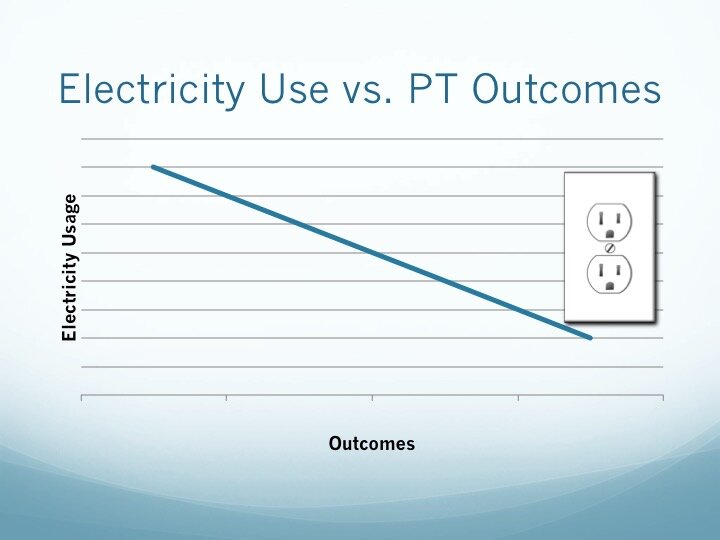Since entering the sports medicine field in the early 2000s there has always been a presence of the newest gadget, technology, or device aimed at either reducing pain or accelerating tissue healing. As the years move forward the popularities of these devices wax and wane and eventually fall out of favor due to the next fad’s entrance or emerging evidence testing the device’s clinical effectiveness. Many devices fail to show a significant difference against a placebo or detuned device, the natural history of the condition, or another effective treatment such as exercise. Other claims of accelerated tissue healing are often not found through objective measurements of the tissues before and after the treatments. At the end of the day, the vast majority of musculoskeletal conditions are mechanical in nature and require a mechanical solution.
Although exceptions can be found, the majority of the medical evidence supports the utilization of manual therapy interventions in the short term with a rapid transition to a Physical Therapy exercise program focused on progressive loading. These programs have been shown to heal injured tissue and improve the overall capacity of the patient. Essentially creating a more resilient patient who is able to handle the demands of life, sport, and activity with less symptoms and a higher functional level. If modalities are to be utilized it should be sparingly because higher use will displace the utilization of more evidence based treatments such as exercise. Patients are advised to select active interventions including activity modification and exercise under the guidance of a Physical Therapist to optimize their recovery.

